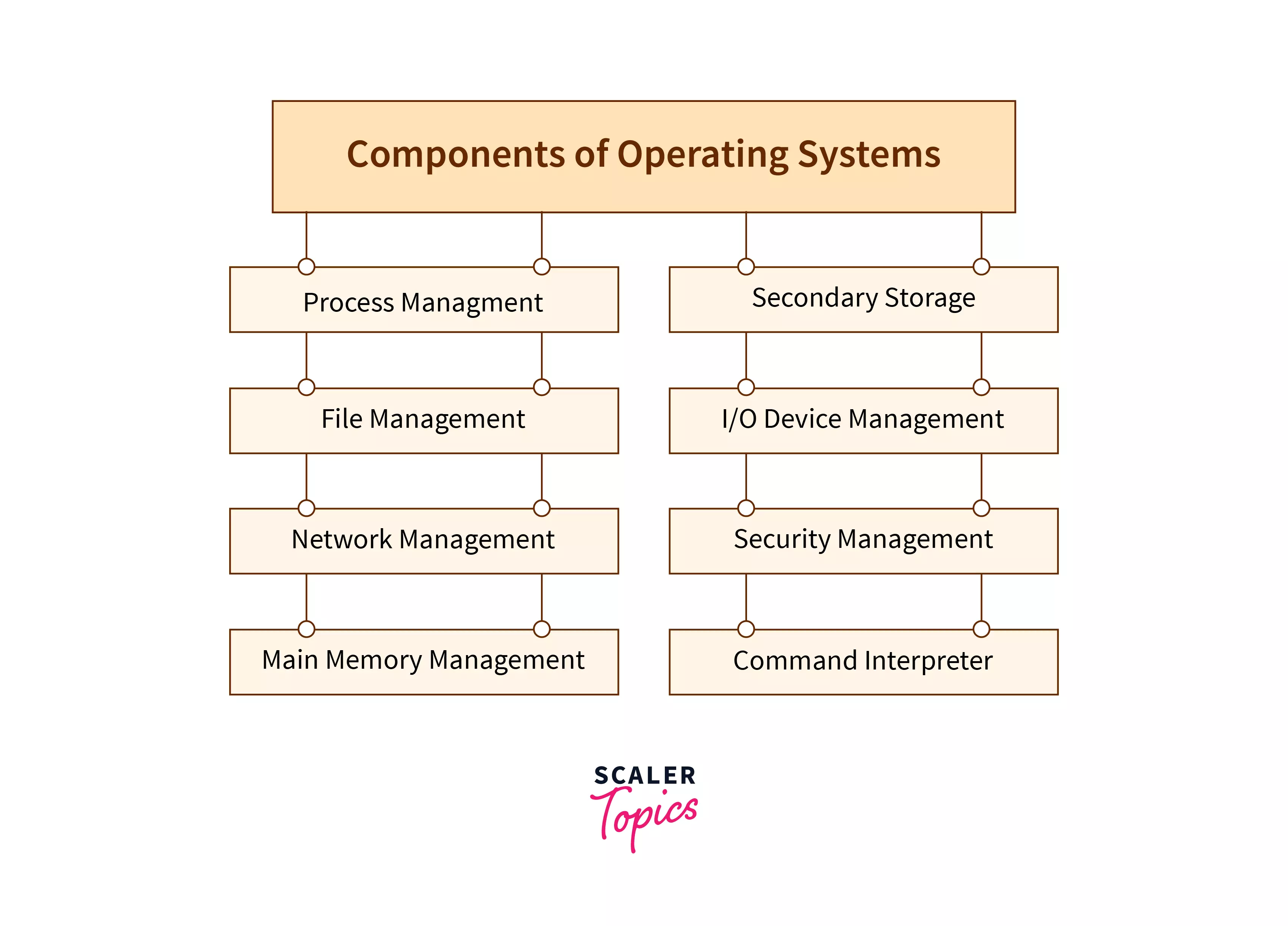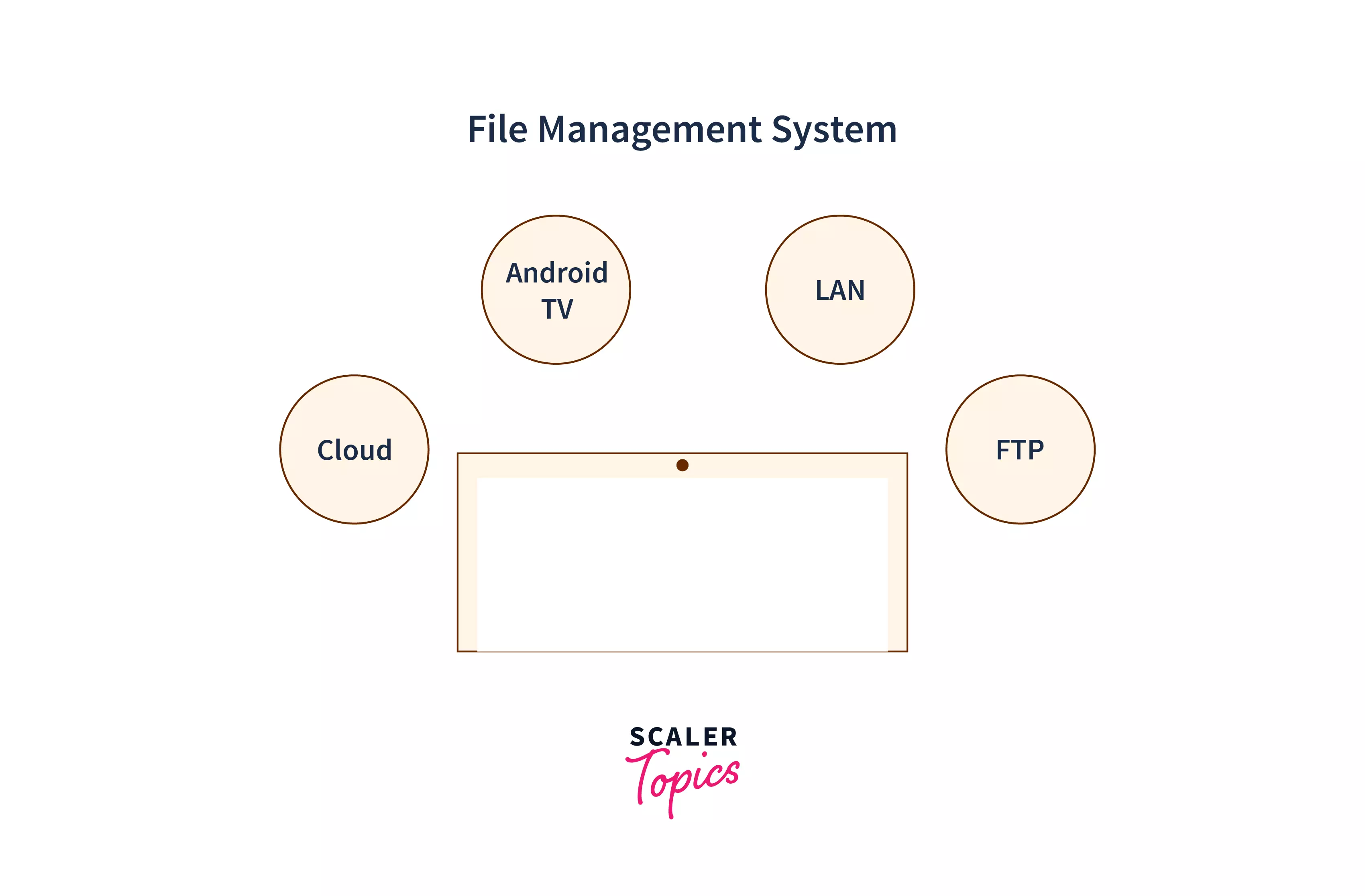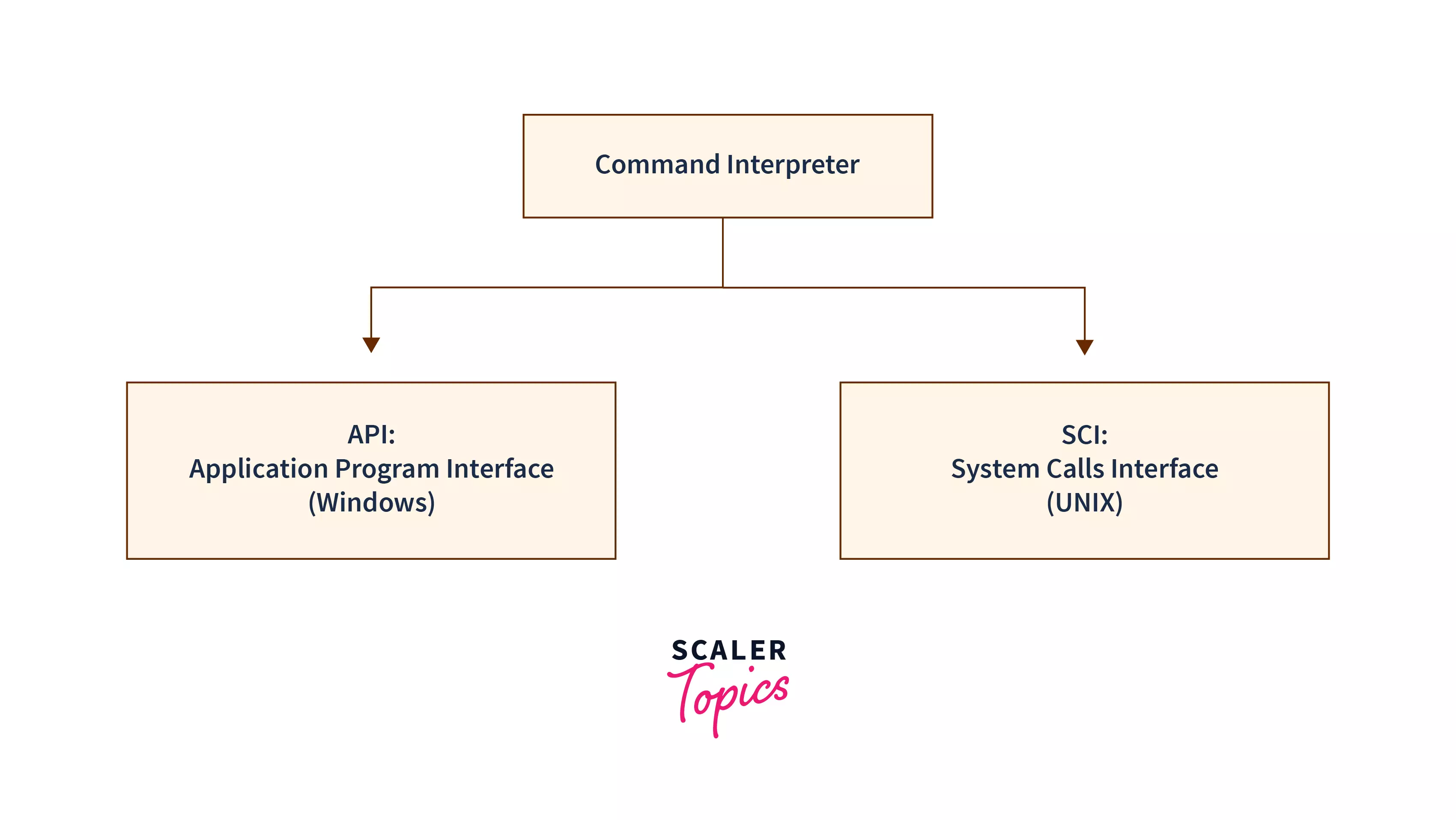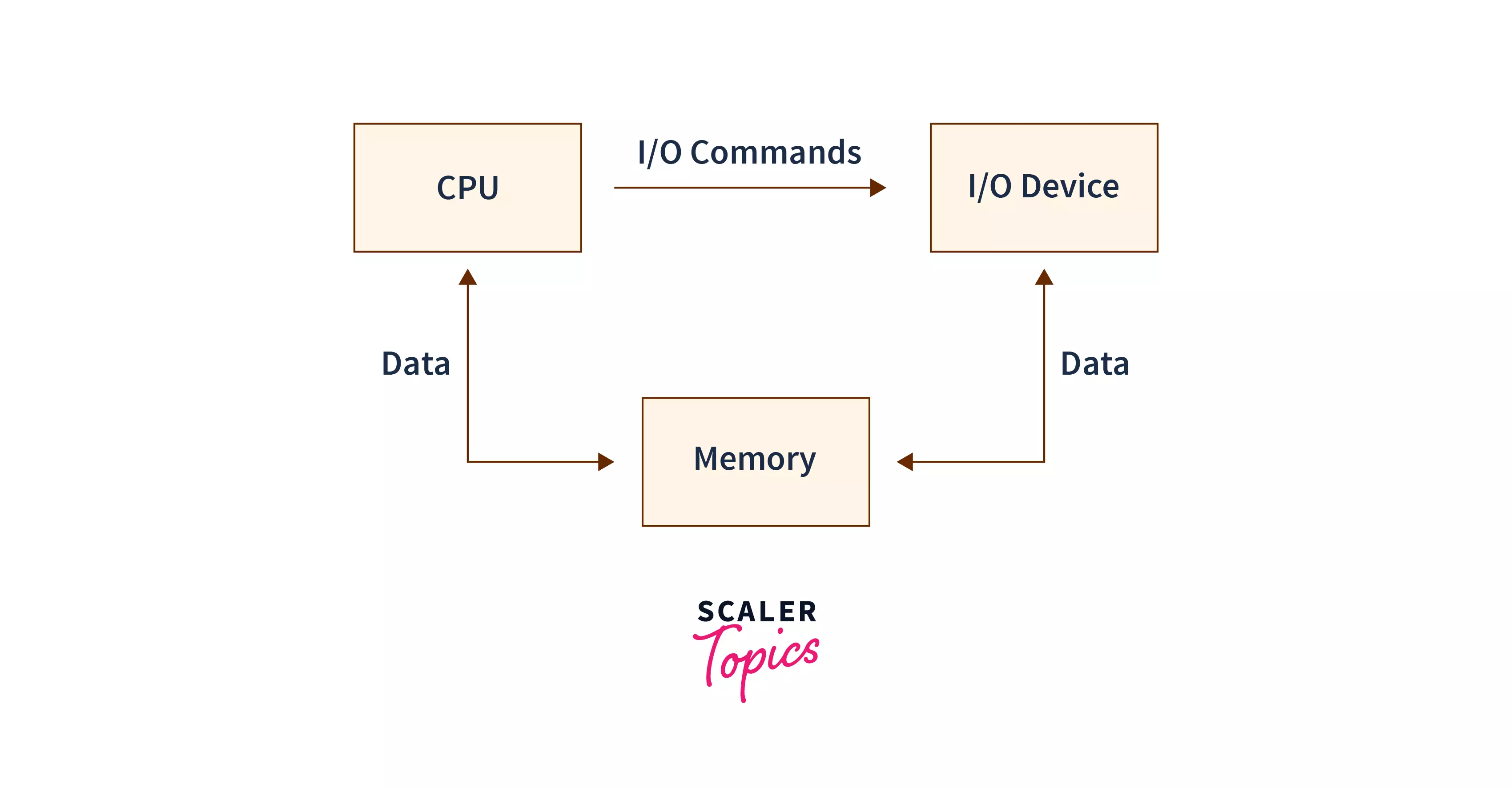Components of Operating System
An operating system is defined as a massive and complicated system that can only be divided into small sections. These components should be well-defined parts of the system, with inputs, outputs, as well as functions well stated. Though Linux, Windows, Mac, UNIX, and other operating systems have different structures, most Operating system components, including files, memory, process, and I/O device management, are shared by all.
The components of operating systems play an essential role in making a range of computer system components operate together. There are a total of 8 components which make up the operating system.

Components of Operating System
An operating system consists of the following components:
- Process management
- Files management
- Command Interpreter
- System calls
- Signals
- Network management
- Security management
- I/O device management
- Secondary storage management
- Main memory management
The components of the operating system help you achieve the right computing by recognizing CPU and memory hardware issues.
Process Management
The process management component of an operating system is generally used to monitor as well as handle various processes that are executing on the operating system at the same time. Process management oversees all active processes and ensures that they are all functioning well. It also makes use of the memory allotted to them and turns them off as necessary.

A process's execution must be done in such a way that at least one command is executed on its behalf. When you use a website like Google Chrome, a process for that browser is running. There are numerous processes which run on the OS that perform numerous operations.
All of these processes should be overseen by process management, which ensures that they function smoothly. It also makes use of the memory allotted to them and turns them off as necessary. Let's go through some of the functions of process management:
| Functions of Process Management |
|---|
| Process creation as well as Process deletion |
| Processes are suspended and resumed by the process management |
| Process synchronisation |
| Interaction with as well as between processes is established. |
File Management
A file is defined as a collection of connected data that represents programmes, source forms, object forms, as well as data. Numerical, alphabetical, or alphanumeric data files are all supported.

File management in an operating system is responsible for the maintenance (or management) of files. It is also known as a type of of computer software that is responsible for organising and managing data files. A file management system is designed to manage group or individual files, including special office records and documents, and has restricted features.
The characteristics of file management are as follows:
| Characteristics of File Management |
|---|
| File and directory creation and deletion. |
| Manipulation of folders and files. |
| Files are mapped to secondary storage. |
| Back up your files to a reliable storage medium. |
Command Interpreter System
A command interpreter is defined as a component of a computer operating system which is responsible for the interpretation as well as the execution of interactively entered or program-generated commands. The command interpreter is known as the shell in various operating systems.

System calls
System calls are essential functions provided by the operating system that allow applications to interact with the underlying hardware. They provide a controlled interface for processes to request services such as input/output operations, file management, memory allocation, and more. System calls act as a bridge between user-level programs and the kernel, ensuring secure and controlled access to system resources.
Signals
Signals are software interrupts used by the operating system to communicate with processes. They notify a process of various events, such as errors, hardware exceptions, or requests from other processes. Signals enable processes to handle asynchronous events and implement actions like termination, suspension, or specific custom behaviors. They play a crucial role in process management, allowing for inter-process communication and control.
Network Management
The procedure of administering as well as maintaining computer networks is known as network management`. It comprises of the following -
- Management of performance
- Failure analysis
- Network provisioning *Qualityof service assurance.
A distributed system is made up of multiple computers/processors that never share memory or a clock. All of the computers in this particular system have their own local memory, and they connect with one another via various communication channels such as fibre optics or telephone lines.
The machines in the network are linked by a communication network that can be configured in a variety of ways. The network can be fully or partially connected with the help of network management, which allows users to develop routing and connection techniques that solve connectivity and security challenges.Here are some of it's functions:
| Functions of Network Management |
|---|
| Network management in an operating system provides users with access to the network's numerous resources. |
| Provides access to common resources. These aid computing efficiency as well as provides data reliability and availability. |
| With the use of distributed systems, users can access a variety of computational services that differ in size and purpose, such as microprocessors, minicomputers, and various general-purpose computer systems. |
Security Management
It is vital to keep the processes separate from one another. Security management guarantees that the operating system authorises the use of operating files, memory, CPU, as well as other hardware resources. The security of peripheral devices is maintained since no process can do its own I/O.
Memory addressing hardware, for example, can assist you verify that a process can run within its own address space. The time assures that no process retains CPU control without relinquishing it.
Finally, no process is permitted to perform its own I/O in order to protect the integrity of the various peripheral devices.
I/O Device Management
In computer I/O, the operating system is responsible for managing and controlling I/O processes and devices. Because the functions and speeds of devices attached to the computer (I/O devices) vary so considerably, multiple ways for controlling them are required. These methods make up the operating system's I/O subsystem, which shields the rest of the system from the intricacies of controlling I/O devices.

Secondary Storage Management
While execution, programs assist in accessing data in main memory. The primary memory is insufficient to retain all of the data and applications indefinitely. As a result, secondary storage serves as a backup for main memory. Assemblers as well as compilers are saved on disc until they are fetched into memory and processed on the disc.
The characteristics of secondary-storage management are as follows:
- Storage is allocated.
- Free space management and disc scheduling
Main Memory Management
A huge array of storage or bytes with an address is referred to as main memory. A series of reads or writes of specified memory addresses is utilized in thememory managementprocess.

To run programs, it must be mapped to absolute addresses and then loaded into memory. Several aspects influence memory management strategy selection. Because each algorithm requires hardware support, memory management is mostly determined by the system's hardware design. It ensures quick storage so that the CPU has direct access to it. It is expensive and has limited storage space. Regardless, a programme must be stored in main memory in order to be executed.
Memory management has the following characteristics:
| Characterestics of Memory Management |
|---|
| Maintains a record of primary memory. |
| Determines who is using which area of the memory and when. |
| Determines which process and how much memory should be allocated to it. |
| Allocates RAM in response to a process's request. |
| When a process finishes, it de-allocates memory. |
Conclusion
- The components of an operating system are essential in making a range of computer system components operate at once.
- The many OS system components, such as File, Process Memory, I/O device management, and so on, are shared by the operating system.
- A file is a collection of connectedinformationthat its developer should define.
- OS allows information to flow between processes running on the same or distinct platforms.
- By identifying flaws in the CPU as well as memory hardware, OS components ensure that you obtain accurate computing.
- The process management component is a mechanism for managing the multiple processes executing on the operating system at the same time.
